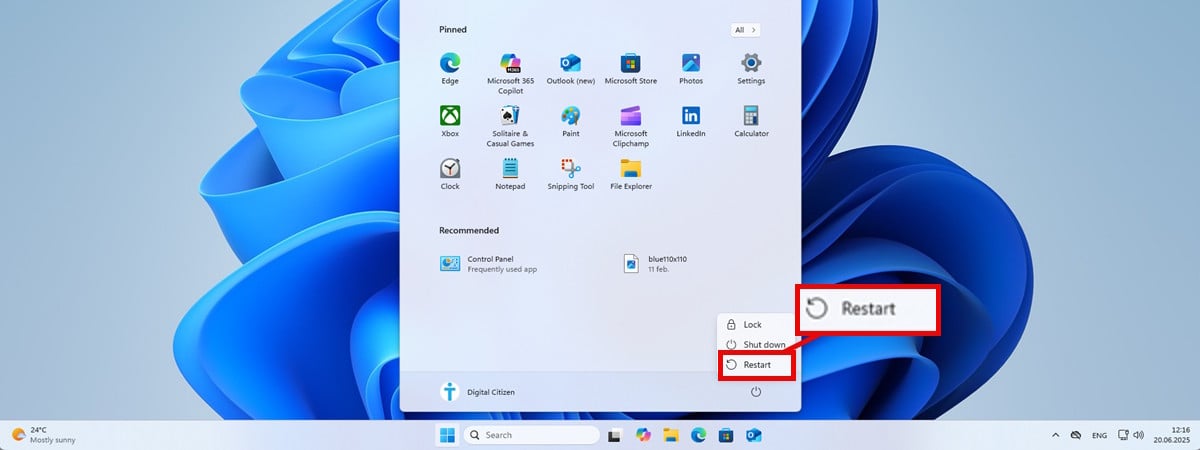Intel says its Raptor Lake crashing chip nightmare is over
/cdn.vox-cdn.com/uploads/chorus_asset/file/25007267/intel14900k_3.jpg)
Vmin Shift Instability Root Cause
Intel® has localized the Vmin Shift Instability issue to a clock tree circuit within the IA core which is particularly vulnerable to reliability aging under elevated voltage and temperature. Intel has observed these conditions can lead to a duty cycle shift of the clocks and observed system instability.
Intel® has identified four (4) operating scenarios that can lead to Vmin shift in affected processors:
1) Motherboard power delivery settings exceeding Intel power guidance.
a. Mitigation: Intel® Default Settings recommendations for Intel® Core™ 13th and 14th Gen desktop processors.
2) eTVB Microcode algorithm which was allowing Intel® Core™ 13th and 14th Gen i9 desktop processors to operate at higher performance states even at high temperatures.
a. Mitigation: microcode 0x125 (June 2024) addresses eTVB algorithm issue.
3) Microcode SVID algorithm requesting high voltages at a frequency and duration which can cause Vmin shift.
a. Mitigation: microcode 0x129 (August 2024) addresses high voltages requested by the processor.
4) Microcode and BIOS code requesting elevated core voltages which can cause Vmin shift especially during periods of idle and/or light activity.
a. Mitigation: Intel® is releasing microcode 0x12B, which encompasses 0x125 and 0x129 microcode updates, and addresses elevated voltage requests by the processor during idle and/or light activity periods.
Source link











